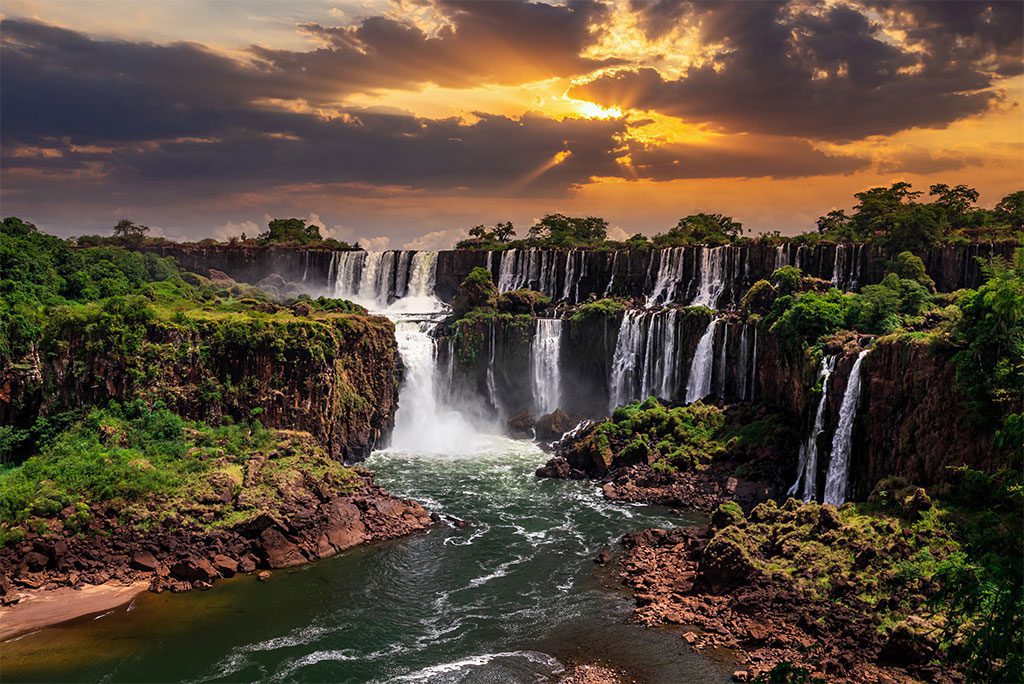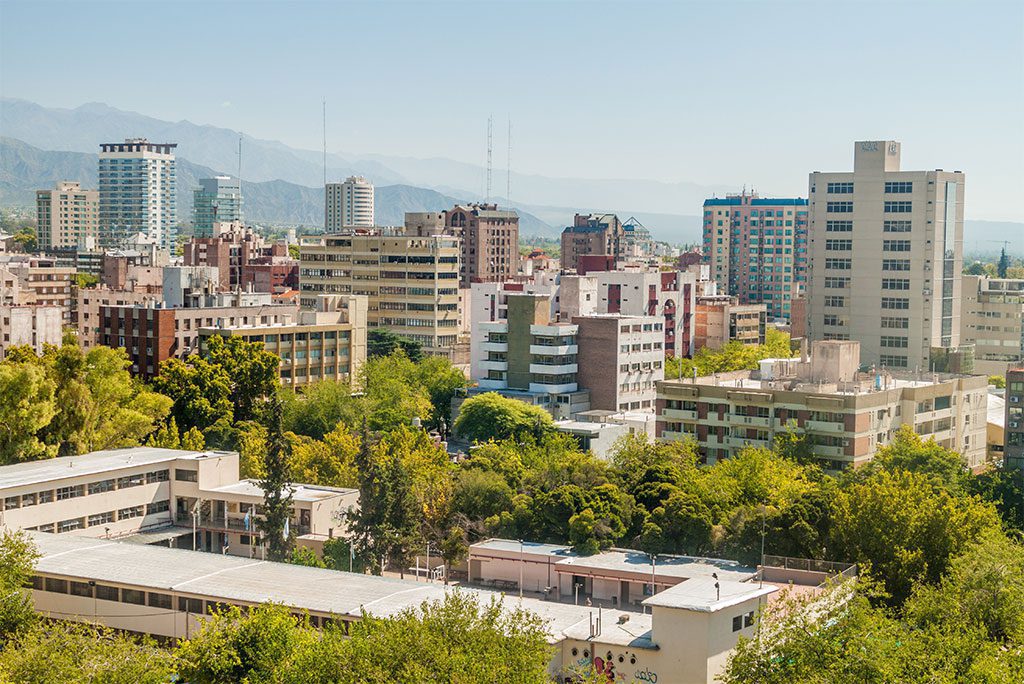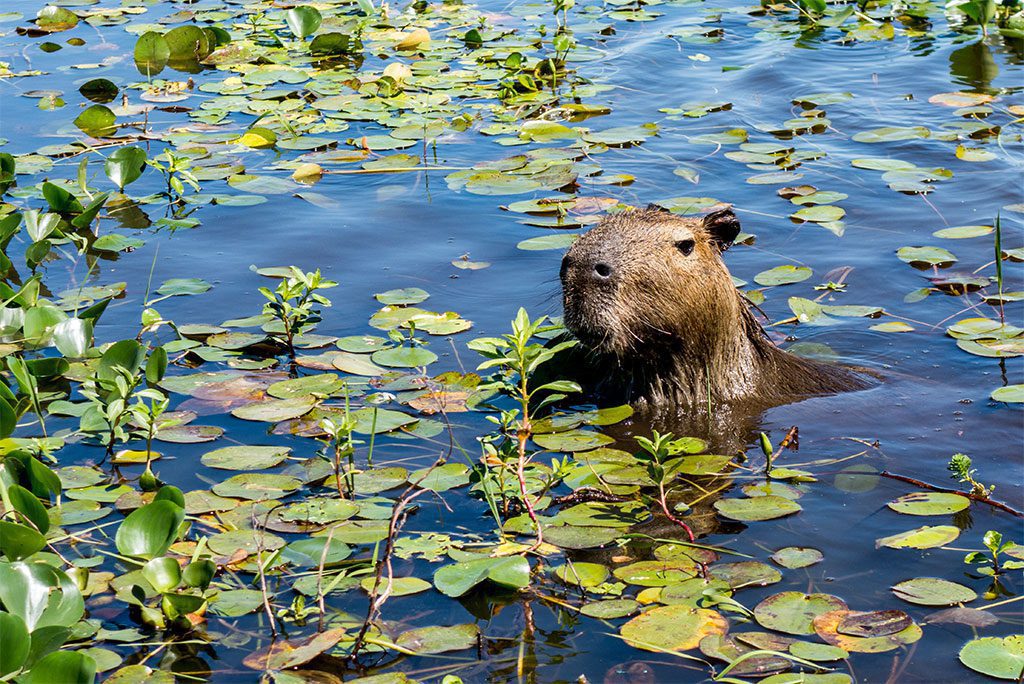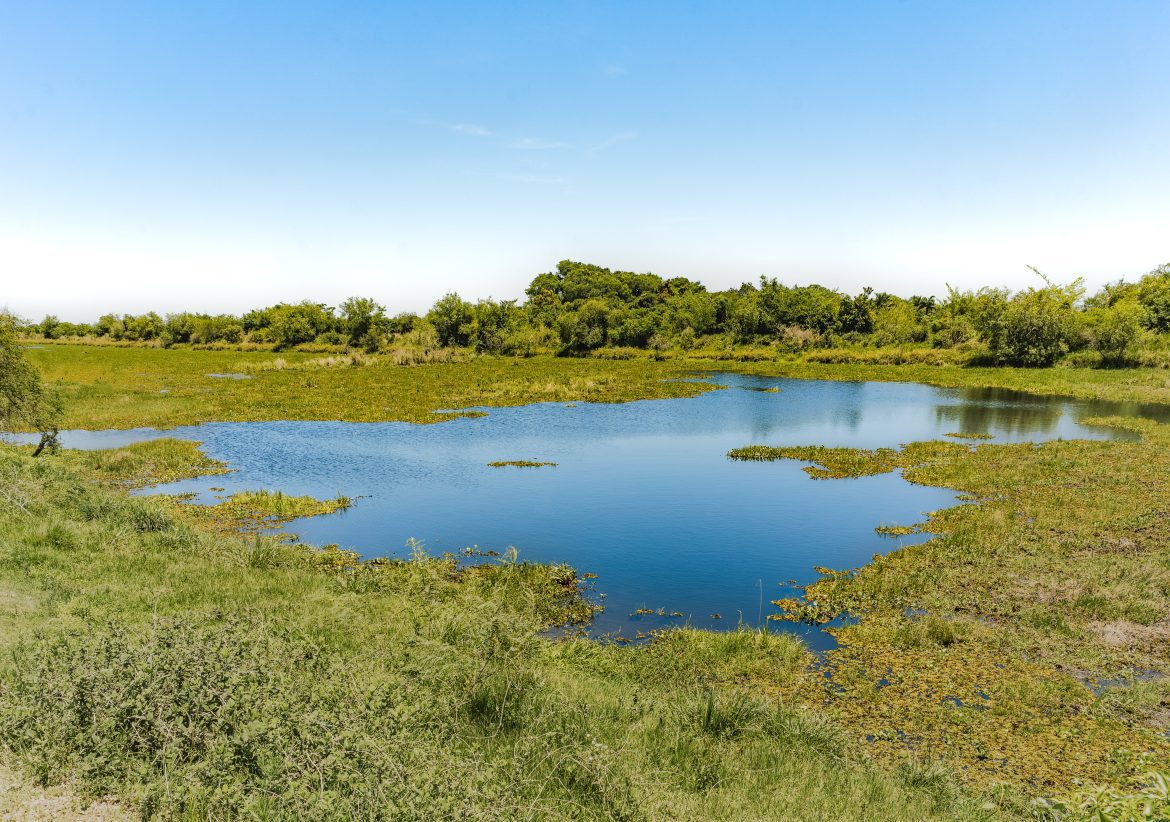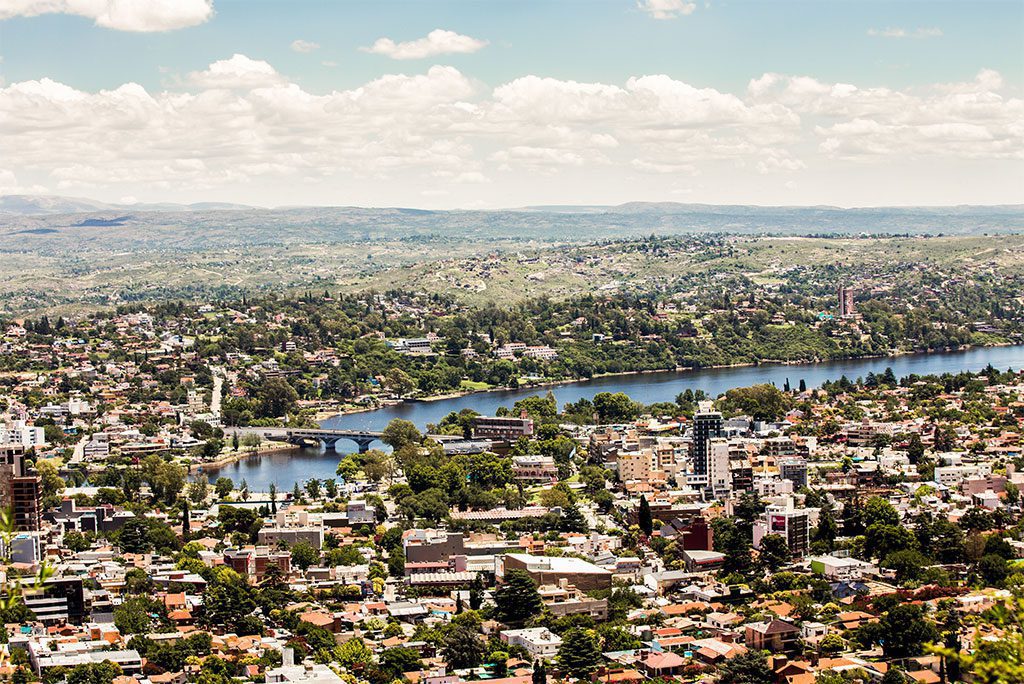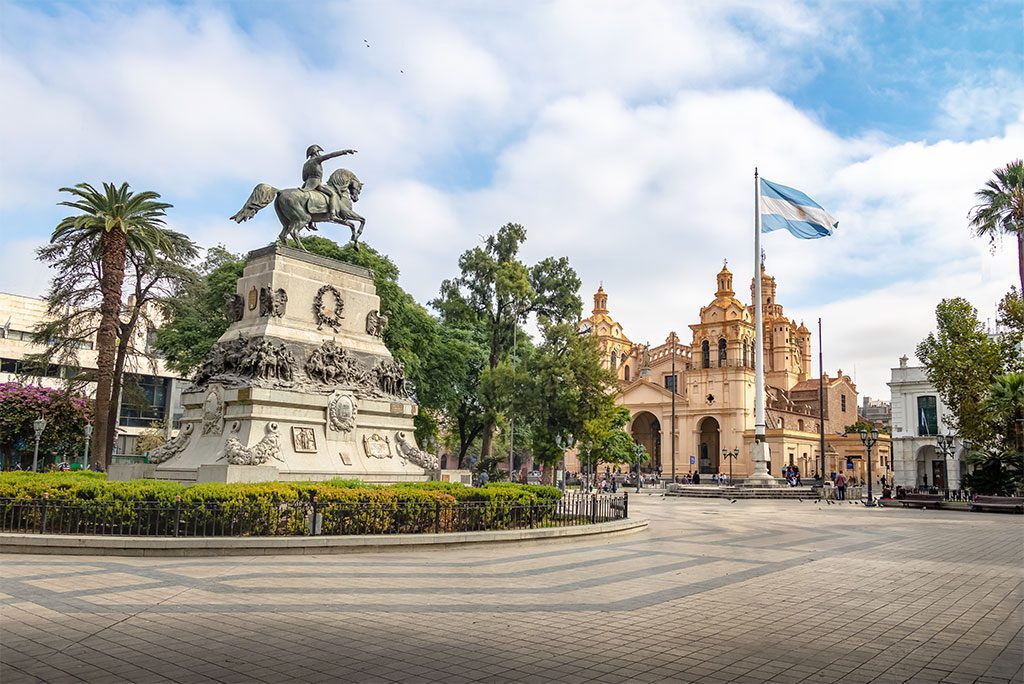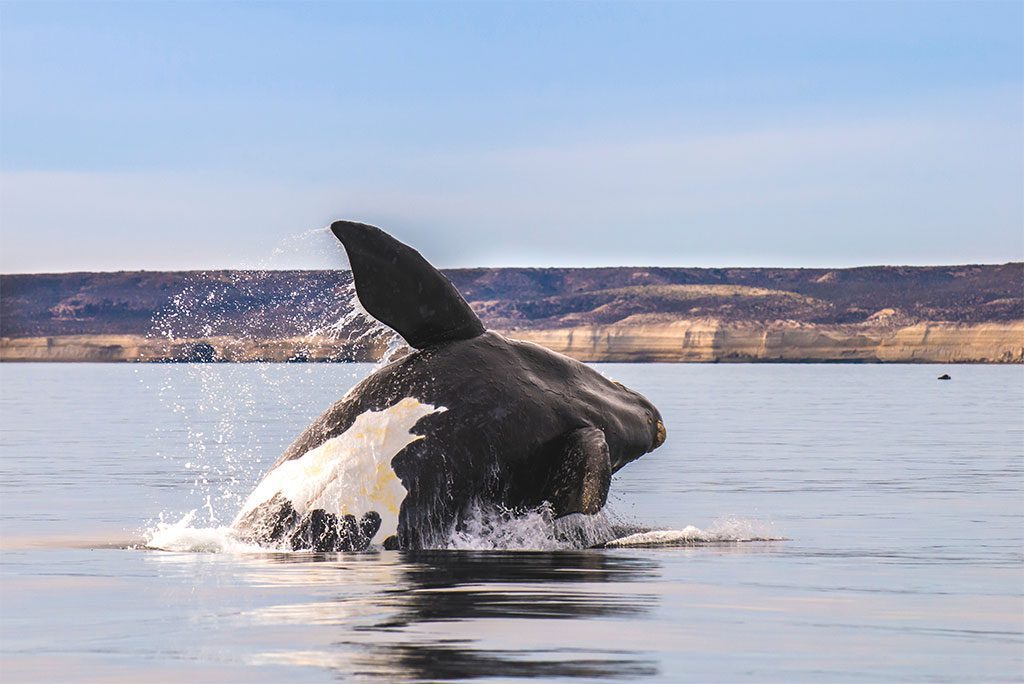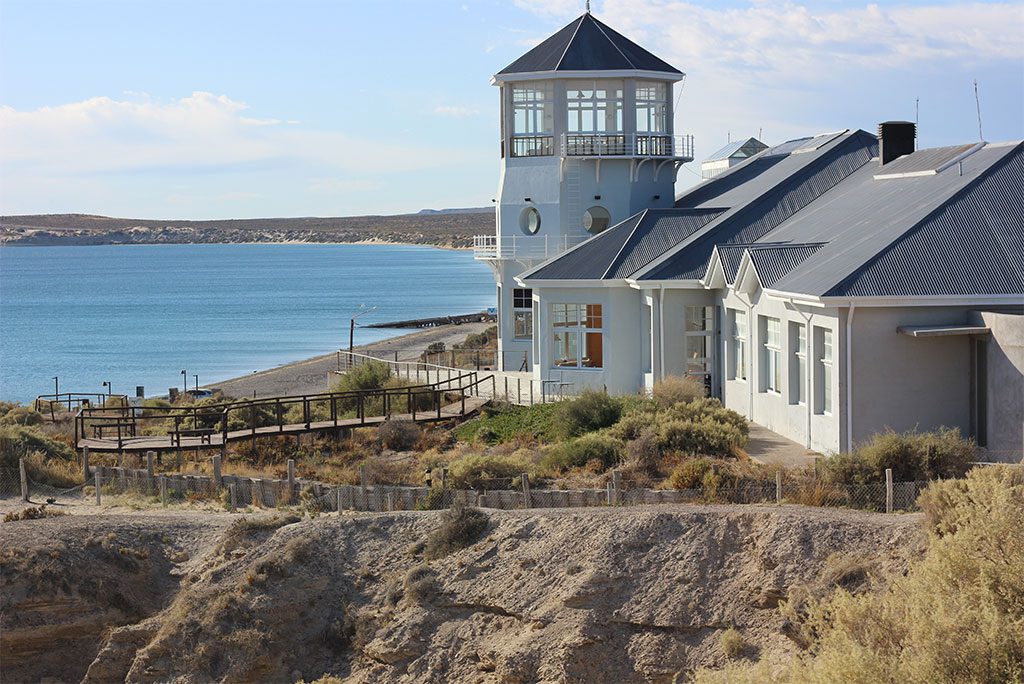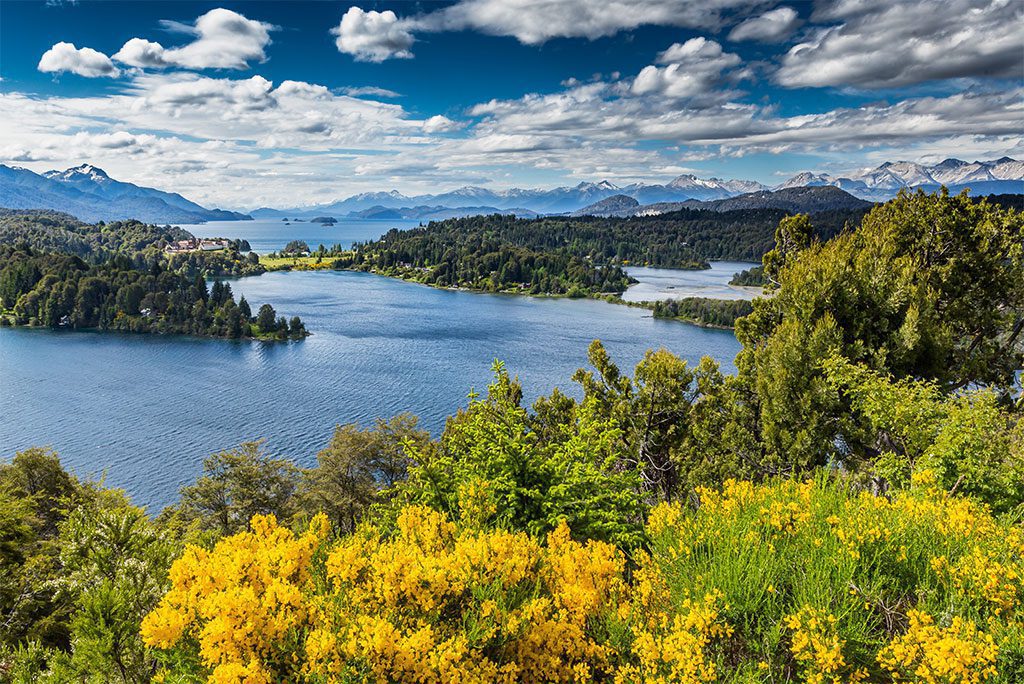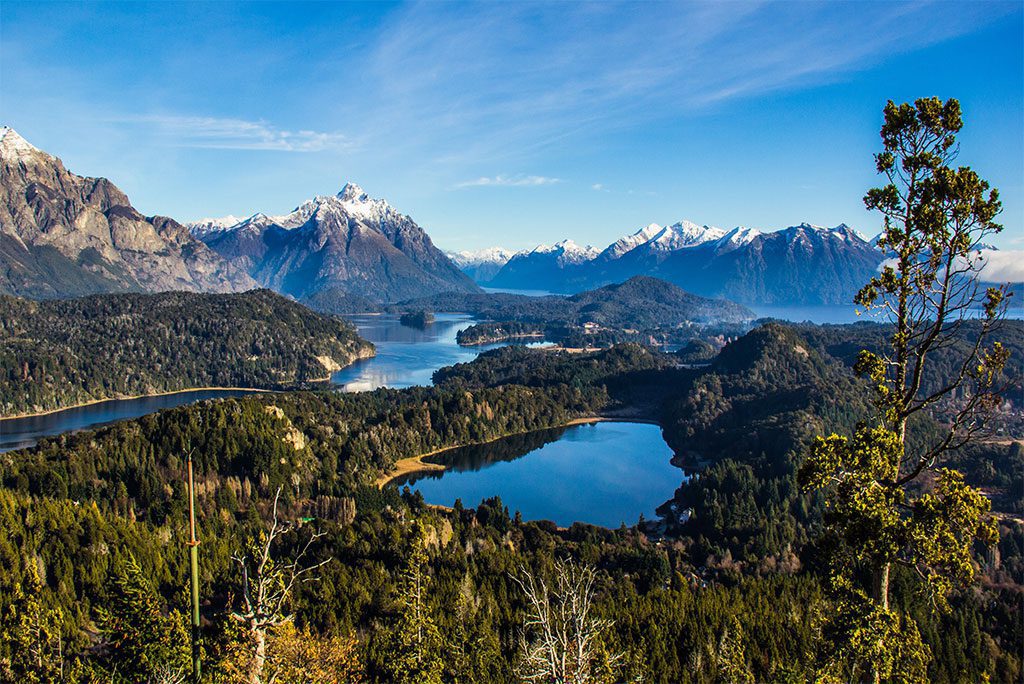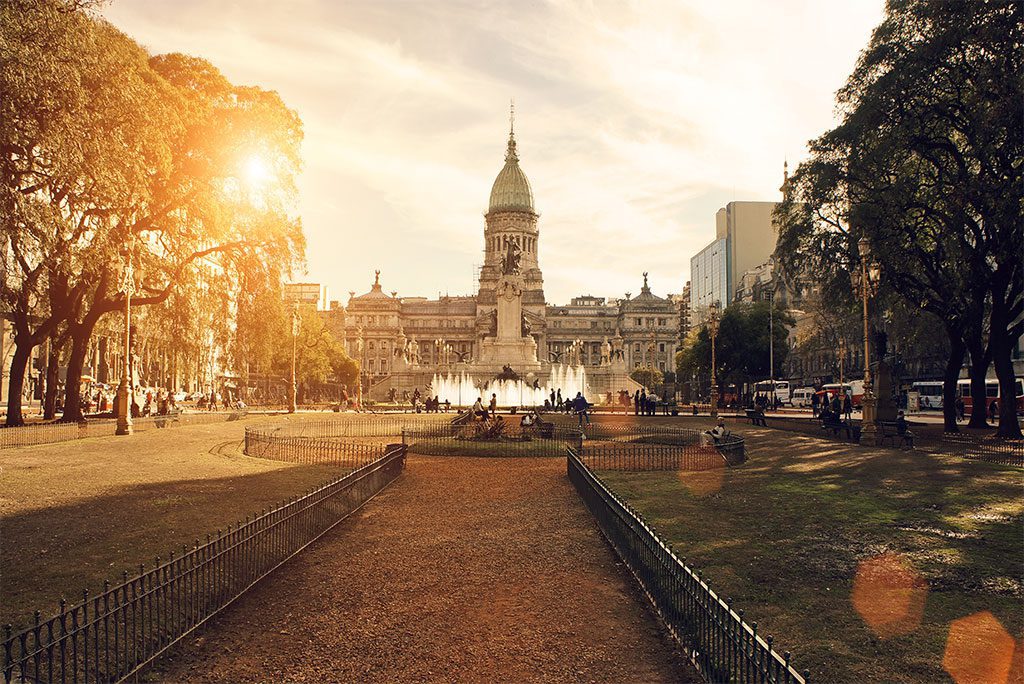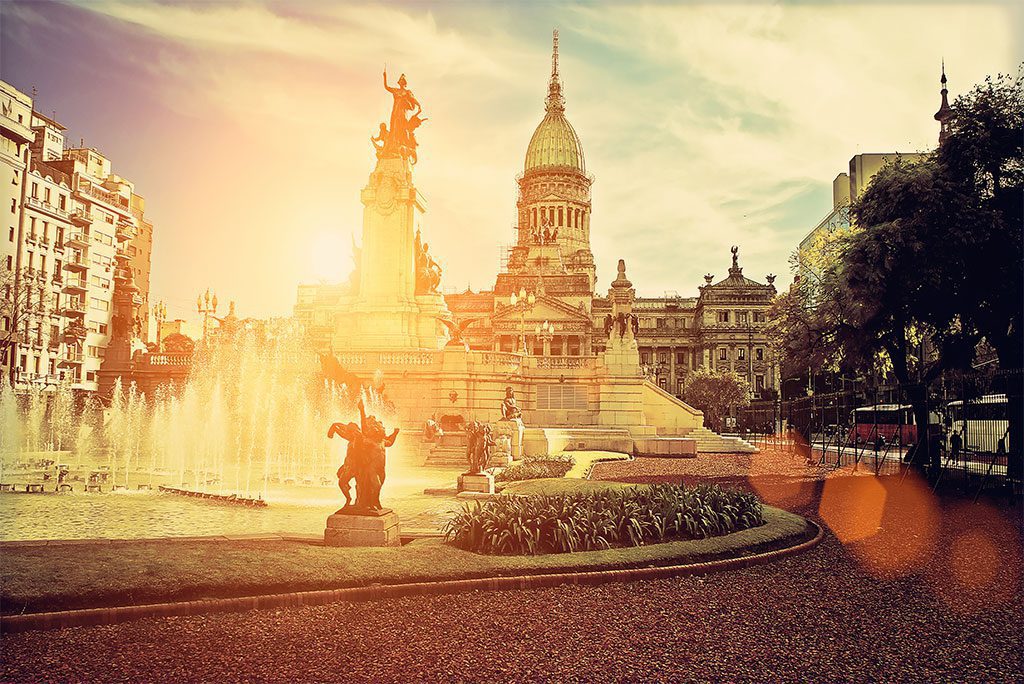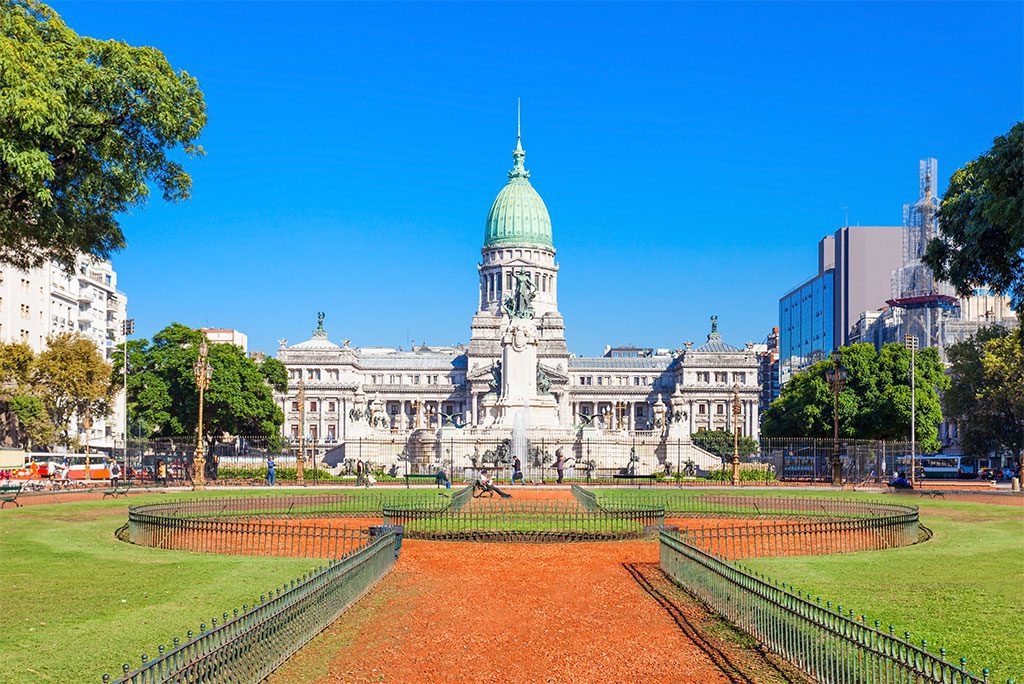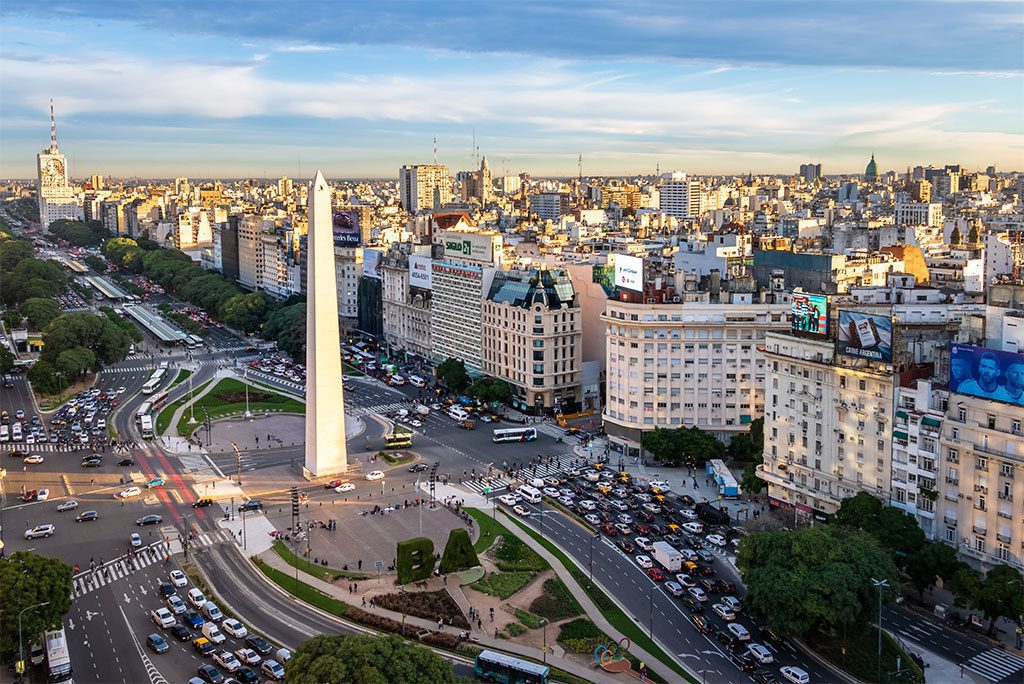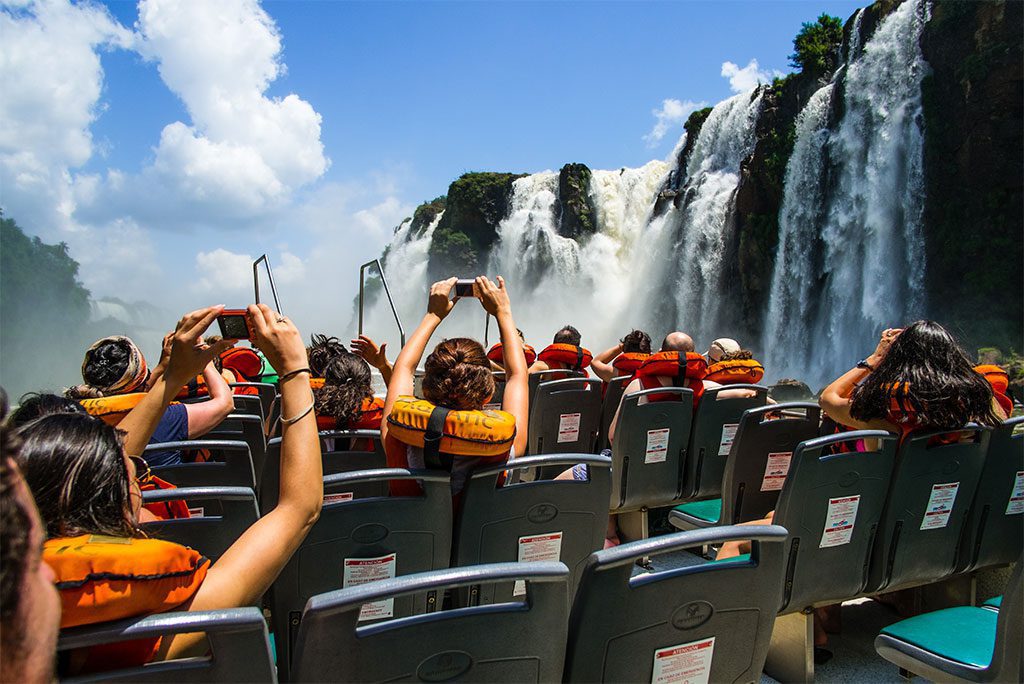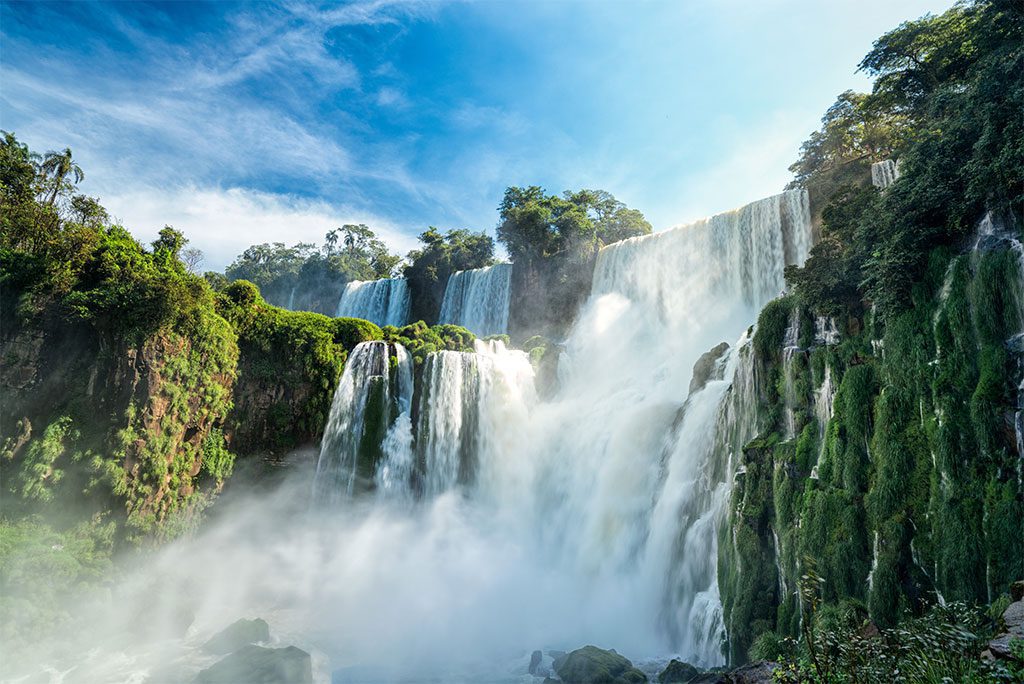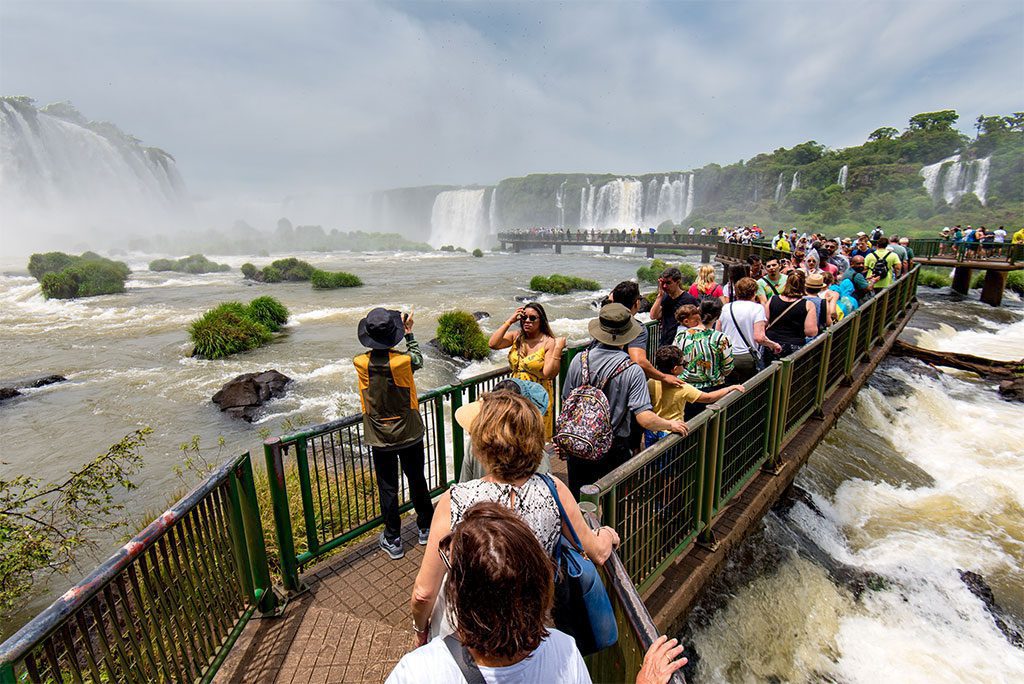Argentina’s vibrant towns, fiery culture, and abundance of natural treasures make it an alluring destination. Argentina, the birthplace of the tango, is more than just the country’s famous dance. A mesmerising international inventiveness seeps out of the many cafés and street-side hangouts along the cobbled European-style streets of buzzing Buenos Aires. Cordoba is home to some beautiful examples of Spanish architecture, while Mendoza is nestled in the heart of Argentina’s wine country.
Wildlife and natural wonders await you at every turn in Argentina. Hiking trails abound in the vicinity of the breathtaking Iguaz Falls, which may be found in the subtropical north of Argentina. You may see penguins and beautiful glaciers if you visit Los Glaciares National Park in the Patagonia area. Traveling to the Golfo Nuevo is a fantastic way to get a glimpse of the elusive Southern Right Whale. We have compiled a list of the top tourist destinations in Argentina to help you plan your vacation to this exciting and varied country.
12. Mar del Plata
Mar del Plata, Argentina is a popular tourist destination and was formerly frequented by the country’s upper class. Mar del Plata, a coastal city in the province of Buenos Aires, is visited by millions of people every year for its beaches and vibrant nightlife. Weekends in the summer might become congested, but the city calms down significantly throughout the rest of the year.
There is a wide range of architectural styles in Mar del Plata, from Spanish colonial residences and Victorian mansions to skyscrapers and casinos. The city has several dining options, as well as an aquarium, a zoo, five golf courses, and a large sports stadium.
Mar del Plata’s pristine beaches are the city’s top draw. Beaches including Bristol, La Perla, and Popular are popular because of their proximity to the city centre. Playa Grande and Playa Mogotes are two other top picks. These beaches are home to several water sports and activities, as well as restaurants, shops, and bars, making them popular during the busy winter months (December through March). The Southern Beaches are a popular destination for young people looking to enjoy the city’s nightlife.
11. Quebrada de Humahuaca

The Quebrada de Humahuaca, located in the region of Jujuy in northwestern Argentina, is a dry and underappreciated mountain valley with a history stretching back thousands of years. During the height of the Inca Empire’s power, it became famous for the ease of its caravan road, which was an important component of a historic commercial route.
Cacti, lamas, rough mountains, and vibrant sandstone escarpments form the landscape of the valley. Authentic communities dot the landscape, including the valley’s namesake, Humahuaca, a bustling metropolis of over 10,000 people, and smaller, less well-known mountain villages like Iruya and Purmamarca, all of which have magnificent markets.
The mountain landscape of the Quebrada (which means “broken”) is genuinely spectacular, notably the Sierra de Siete Colores with its unique rainbow-colored slopes. The Quebrada is surrounded by the Sub-Andean highlands to the east, the Altiplano to the west, and the Valles Templados to the south. The Quebrada de Humahuaca valley was the scene of several fierce engagements during the Argentine War of Independence and is a must-see for history buffs. You should also check out Tilcara’s mediaeval stronghold. This once-disrespected Incan archaeological site is now back to its former splendour.
10. Ibera Wetlands
Marshy swamps, moss-covered bogs, and shallow lagoons may all be found at the Ibera Wetlands, a protected natural reserve. The Pantanal in Brazil is the only wetland on Earth that can compete in size with this one.
Approximately 400 miles from the nation’s capital of Buenos Aires is where you’ll find the province of Corrientes, where you’ll find the wetlands. The Ibera Wetlands have been spared the ravages of over-tourism because of their out-of-the-way position, allowing tourists to see nature in all its pristine glory.
If you want to observe a wide variety of exotic animals in Argentina, you should visit the wetlands. The marshes are home to a wide variety of wildlife, including alligators, huge otters, capybaras, monkeys, and even anacondas. Over 350 bird species call the wetlands home, including regular sightings of herons, eagles, magpies, and even the enormous, ostrich-like great rheas.
9. Cordoba
Cordoba, the second largest city in Argentina, is right in the middle of the country. Because there are so many educational institutions here, the locals refer to their city as La Docta (the Learned).
Located on the Primero River and framed by three mountain ranges, Cordoba is home to stunning examples of both traditional colonial architecture and cutting-edge construction. Specifically, the Jesuit churches built there in the 17th century. Due to the fact that more than 200,000 students live in Cordoba, the city has a lively nightlife and a full social calendar with cuarteto music and rally car races.
Immersing oneself in Cordoba’s culture is a great way to feel the city’s vibe. Many different types of theatres, museums, and art pubs can be found in the city, allowing visitors to choose their ideal night out.
8. Puerto Madryn
Puerto Madryn, situated on Gulfo Nuevo, is the entry point to Peninsula Valdes. Beautiful beaches draw tourists in the summer, even though the water is sometimes rather chilly. Madryn has expanded rapidly in recent years because of the booming tourist industry, and its relatively modest year-round population more than doubles during the summer months. As the Southern Right Whale prefers the waters of Gulfo Nuevo for nesting and giving birth, whale watching cruises are also quite common. The whales are near enough to the coast to be seen from the mainland from July through September.
The mushroom-shaped Peninsula Valdes protrudes into the South Atlantic and is only linked to the main land by a narrow isthmus. Seals, penguins, orcas, and sea lions are just some of the amazing marine species that call the peninsula home for breeding. Observers of avian life will find the headland to be a paradise, as it has been home to over 180 different bird species. The Snowy Sheathbill, Patagonian Canastero, Rusty-backed Monjita, and many more are all on their annual migrations through the area, so be sure to bring your binoculars and keep a watch out for them.
Only a little community called Puerto Piramides and a few ranches make up the peninsula’s human population. The town’s two main streets are lined with stores selling everything from souvenirs to fresh seafood, as well as a market and a number of eateries. There are a few places to have a drink, listen to some music, and meet new people.
Peninsula Valdes is privately owned, thus tourists cannot go adventuring there. Tour providers in the adjacent city of Puerto Madryn should be contacted to organise any trips to the peninsula. Itineraries by bus and boat are examples of such activities.
7. Bariloche
Located in the beautiful lake area of Argentina, San Carlos de Bariloche (or just Bariloche) is perched on the slopes of Cerro Otto. The Parque Nacional Nahuel Huapi, with its sapphire blue lake and avocado-colored mountains, looks amazing from Bariloche.
The town has its own beach because of its enviable position on the lake, although it is very modest and not the main draw. Bariloche, on the other hand, gets a lot of visitors because it is a great place for many outdoor activities, such as skiing, hiking, rock climbing, and water sports.
This village has all the makings of a Swiss ski resort in the winter, with much to offer serious skiers and snowboarders. San Carlos de Bariloche, Argentina, is a winter paradise and home to the Cerro Catedral ski resort, complete with Argentinian chocolate shops and breweries to entice you out of the snow.
The Seven Lakes Road to the north of the city gives beautiful panoramas of the lakes and mountains, while to the west of Bariloche are stunning waterfalls and glaciers in Pampa Lenda. The beaches and lakes attract swimmers, sunbathers, and watersports enthusiasts during the summer months.
6. Ushuaia

Ushuaia is the main city in Argentina’s Tierra del Fuego region and a famous starting point for voyages to Antarctica. Because of its extreme southern latitude, this city has been dubbed “the End of the World” because it is situated at the end of the Beagle Strait. Ushuaia was originally a sleepy fishing village, but nowadays it’s a bustling tourist destination with glitzy casinos and five-star hotels that belie the city’s bleak past. As one investigates more, however, they find that the city was originally used as an exile jail and a naval station by the Argentine navy.
To the east of the city, Fagnano Lake and several picturesque hiking paths may be found, while Tierra del Fuego National Park and the End of the World Train may be located to the west. The Beagle Channel is a great place to see sea lions and penguins.
A lot of interesting places may be found in and around the downtown area. The serene, snow-capped Martial Glacier offers a breathtaking vantage point over the city, and highlights include the haunting jail cells in the Maritime and Old Prison Museum.
5. Mendoza
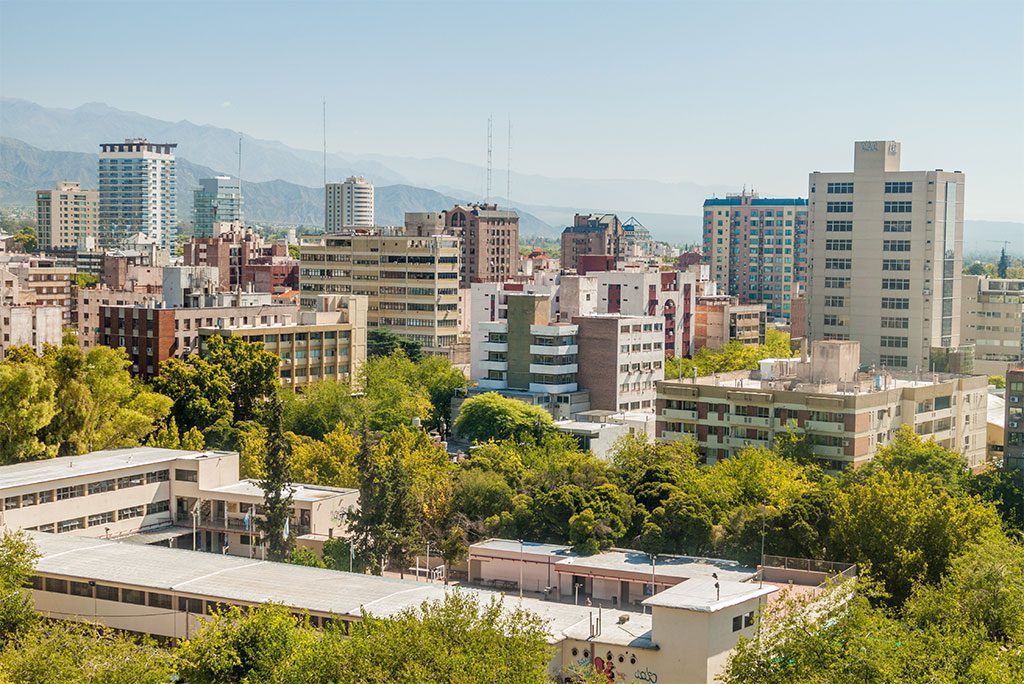
Mendoza is a famous tourist destination not only because it is located in the heart of Latin America’s wine country, but also because it is so close to Aconcagua, the tallest peak in the Americas. In addition to its stunning natural beauty, Mendoza is also a great base for outdoor activities, including rafting, river tubing, and horseback riding. Independence Plaza, the city’s main centre, is right in the middle of Mendoza, and it’s surrounded by restaurants, stores, and gorgeous architecture that comes alive as night falls.
There’s something peculiar about Mendoza that makes it a fantastic place to produce wine. Despite being in a desert environment, Mendoza is well-watered because of its unique irrigation system. These unmade rivers are located on both sides of the road and are connected by pedestrian and vehicle bridges.
Mendoza is home to several wineries, and many of them provide tours of their vineyards and wine tastings on a regular basis. Private tastings with the estate sommelier and wine tours by bicycle are just two of the unique experiences that may be had by visitors to the many wineries. Many wineries provide tours that you may join without making reservations, so you can come whenever it suits you. However, keep in mind that the vineyards are typically filled up weeks in advance, so plan accordingly if you’re planning a trip in March or April, the region’s harvesting season.
4. El Chalten
El Chaltén, located in the Patagonian area of southern Argentina, is a charming frontier town that was founded in the late 1970s. In spite of its small size, the picturesque community of El Chalten is a popular starting point for outdoor experiences because of its proximity to two of Patagonia’s most remarkable mountains: Mount Fitz Roy and Cerro Torres. During the summer, the city swells to capacity with visitors.
Hiking routes radiate out from El Chaltén, a town perched above the northern section of Los Glaciares National Park. It’s up to you to decide which one is best. The journey to the secluded Lago del Desierto is a popular one, as is the hike to the dawn point at Laguna Capri or the longer, more demanding climb to Laguna de los Tres or Laguna Torre. After a day of hiking, locals and visitors alike go to La Cerveceria, the village’s brewery, for a refreshing beverage.
3. Los Glaciares
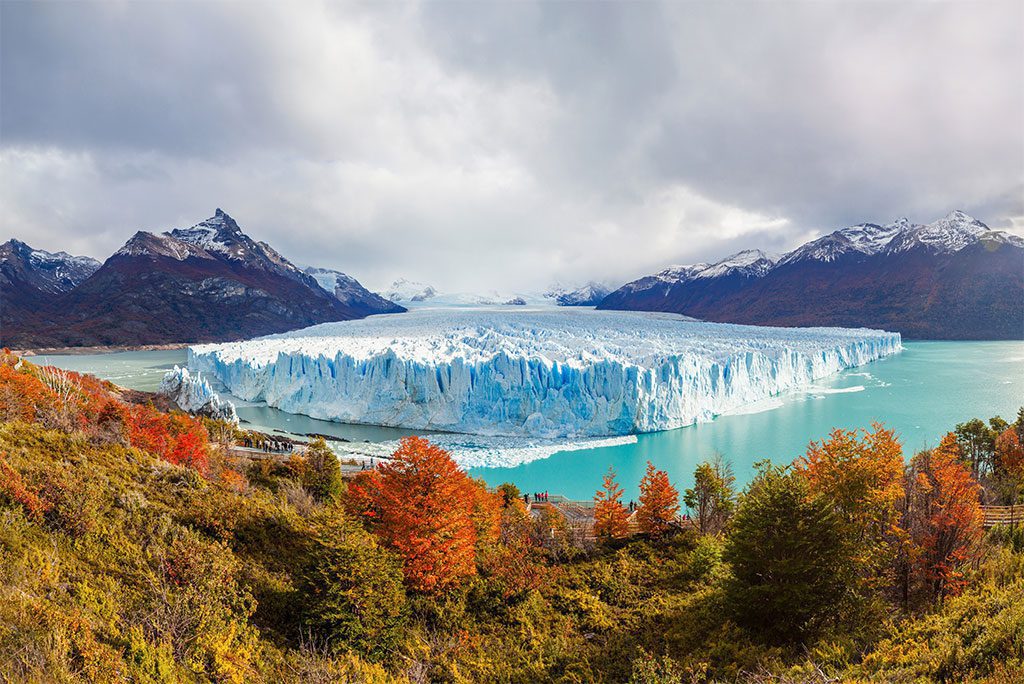
Beautiful Los Glaciares National Park, also known as Glaciers National Park, is Argentina’s second-biggest park and a gateway to one of the world’s largest and most accessible ice fields. Visitors may get up close to these displays and the amazing icebergs of diverse hues and forms through a variety of boardwalks and boat tours.
Massive chunks of ice break off and smash into the lakes with enormous splashes as the glaciers advance and recede in an endless cycle. The park’s southern portion is where you’ll find the glaciers, but the northern section is where you’ll find magnificent mountains like Mount Fitz Roy, perfect for mountaineering and trekking.
Glaciers National Park is a popular destination for hikers and rock climbers because of the Perito Moreno Glacier, despite the park’s other stunning features, such as its turquoise lakes and forested hills. The glacier is always moving, which causes huge ice sheets to crash suddenly into the water below. This is a breathtaking sight.
2. Buenos Aires
It’s no surprise that the vibrant and alluring tango dance originated in Buenos Aires, with its colourful European architecture, bustling neighbourhoods, amazing shopping, and hot nightlife. Buenos Aires, the capital of Argentina and one of the major cities in Latin America, is located on the southeastern coast of South America.
Theater performances, glamorous bars, fashionable art galleries, and a vibrant nightlife can all be found inside the city’s vast, French and Italian-style architecture. If you want to experience Buenos Aires to the fullest, from dinner to late-night nightlife, you won’t have much time for sleep.
Several neighbourhoods, known as barrios, make up the dynamic, multicultural metropolis. The Microcentro, home of The Obelisco, is one of the most well-known of these neighbourhoods. San Telmo’s flea markets draw crowds to San Telmo, while the brightly coloured buildings and tango performances in La Boca have made it a globally renowned neighbourhood.
One of Latin America’s most vibrant cultural scenes can be found in Buenos Aires, which is bursting at the cultural seams with museums, art galleries, and world-class theatres. A top thing to do in the city for many visitors is to watch one of the regular tango dance shows.
1. Iguazu Falls
Iguazu Falls, whose name means “Big Water,” is one of the world’s biggest and most powerful waterfalls. These gigantic waterfalls, which can be seen on the border between Brazil and Argentina, are really comprised of hundreds of smaller waterfalls. Devil’s Throat, the largest waterfall, is nearly twice as high as Niagara Falls. The lush forest with its many kinds of animals only adds to the beauty of the falls, but the falls themselves are already a beautiful sight.
Parque Nacional Iguazu, the national park that contains the waterfall is situated close to Puerto Iguazu and is home to some of the world’s last remaining Atlantic rainforests as well as other beautiful flora and animals.
Numerous great paths allow visitors to explore the park, while boat excursions bring them near enough to the falls to be drenched in the spray.
Aside from the spectacular Iguazu Falls, another big draw to Iguazu is the incredible variety of animals that can be seen there. Howler monkeys, huge anteaters, jaguars, ocelots, caymans, and more than 2,000 plant species are just some of the sights you see on a jungle safari in Iguazu National Park.


